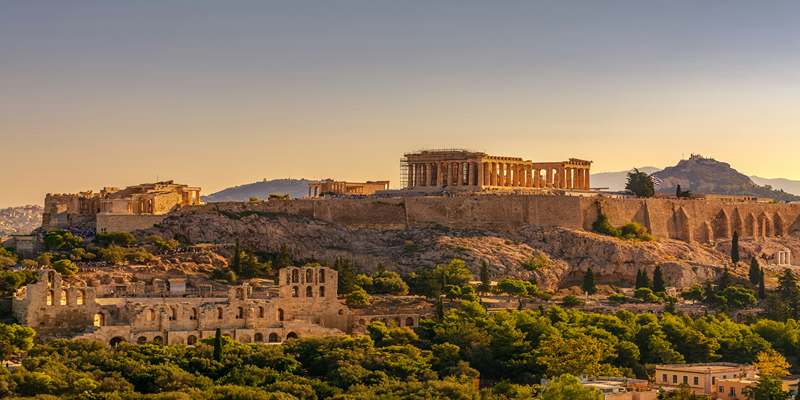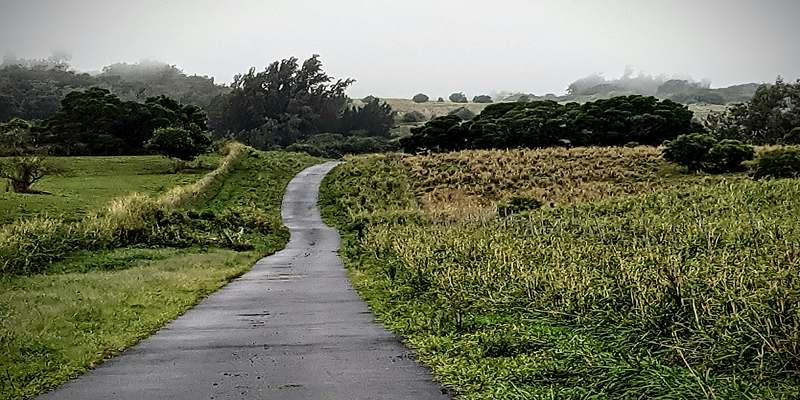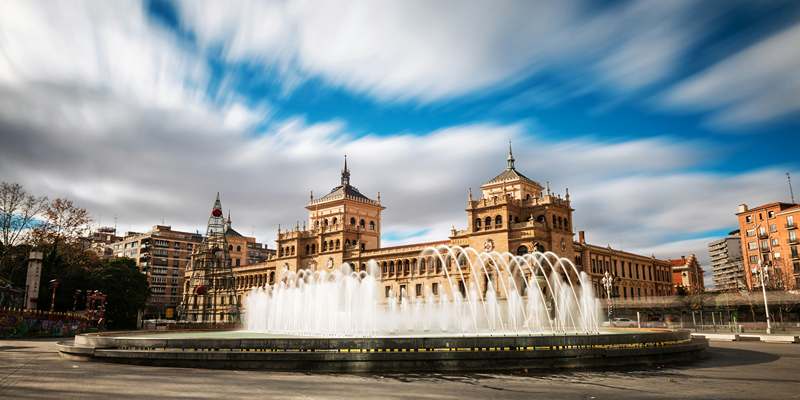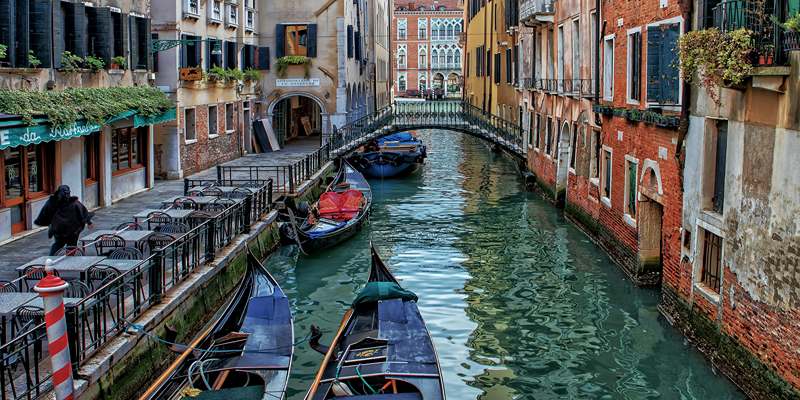On the southwestern tip of Macau, A-Ma Temple reminds us of the city’s long-lived traditions and religion. Mazu is the sea goddess and sailors’ protector, and this temple was constructed in her honor in 1488. The temple is an old and meaningful cultural site in Macau, reminding us of the city’s religious traditions. Anyone interested in Macau’s culture and history should visit A-Ma Temple for a peaceful experience surrounded by beautiful architecture and an atmosphere of faith.
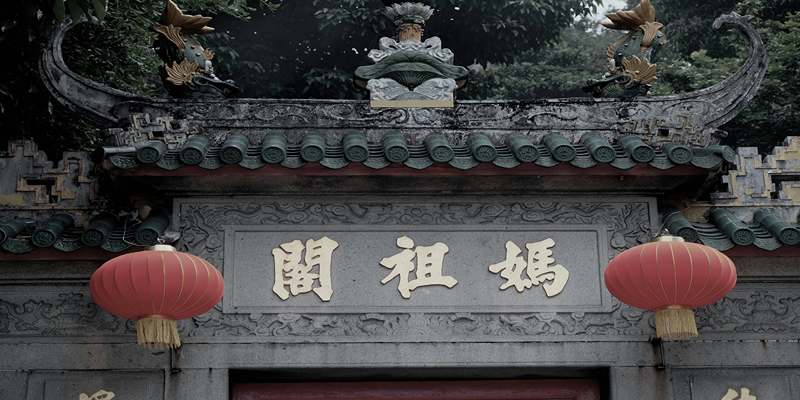
Historical Significance of A-Ma Temple
Origins and Founding in 1488
The A-Ma Temple was built in 1488 during the Ming Dynasty, which means it has been around for a very long time. Fishermen and sailors sometimes went there to pray for the help of Mazu as they prepared to sail. Building this temple shows the important role played by Macau’s people and their water-related customs. During the centuries, it has evolved into a well-known place that highlights the Chinese traditions and local beliefs of Macau, making it a significant part of its heritage.
Connection to the Naming of Macau
People believe the name Macau originated from the famous A-Ma Temple. When the Portuguese first reached the area, they asked people what the place was called. The residents of Macau said “A-Ma-Gau,” which means “the bay of A-Ma,” as the temple was there. Later on, the city was known as “Macau.” By doing this, the temple shows how it greatly influenced Macau’s identity by being an important place for religion and for shaping the city’s beginnings.
Architectural Features of A-Ma Temple
Design and Layout of the Temple Complex
Many different parts of the temple are arranged beautifully, fitting well with the scenery around them. The Gate Pavilion, the Memorial Arch, and the Main Prayer Hall are each areas within the temple dedicated to different groups. Traditional Chinese style is shown in the round courtyards, detailed carvings, and sleek roofs of the temple. The calm beauty of the park, enhanced by its tree-lined pathways and places of worship, is a well-known quality of Macau’s parks and gardens.
Architectural Styles and Materials Used
Many of Macau’s historic temples, including A-Ma Temple, are known for their unique blend of Taoist, Buddhist, and Confucian architectural styles, showcasing the region’s spiritual and cultural diversity. This fusion of influences is visible in the layout, decorative elements, and religious symbols that adorn the structures. The wooden beams, intricately carved with traditional motifs, and the glazed ceramic tiles that line the roofs were all crafted with meticulous attention to detail. Folklore scenes, mythological creatures, and religious stories are etched into stone walls and pillars, adding layers of meaning to the sacred space. The use of locally sourced materials—such as granite and timber—reflects the traditional, environmentally conscious building methods of the past. These choices were practical as well as symbolic, grounding the temple in the landscape of Macau. The blend of design elements from different faiths highlights the inclusive nature of the temple, which has long served as a shared place of worship and community gathering.
Cultural and Spiritual Importance
Role in Local Religious Practices
A-Ma Temple is one of Macau’s most revered religious sites, drawing both locals and visitors who come to pay their respects and take part in traditional rituals. Dedicated to the sea goddess Mazu, the temple holds a special place in the hearts of fishermen, sailors, and those seeking protection and blessings for safe travels. People come to offer incense, pray for safety, and ask for Mazu’s guidance and spiritual protection. The temple’s serene atmosphere and historical architecture add to its sacred significance. Throughout the year, a variety of religious ceremonies are held here, including rituals to ensure good fortune at sea, especially during important seasonal changes. These ongoing customs preserve ancient practices and keep Macau’s spiritual traditions alive. A-Ma Temple remains a vital connection between the city’s past and present, offering a space where cultural heritage and modern spirituality meet in the everyday lives of local worshippers.
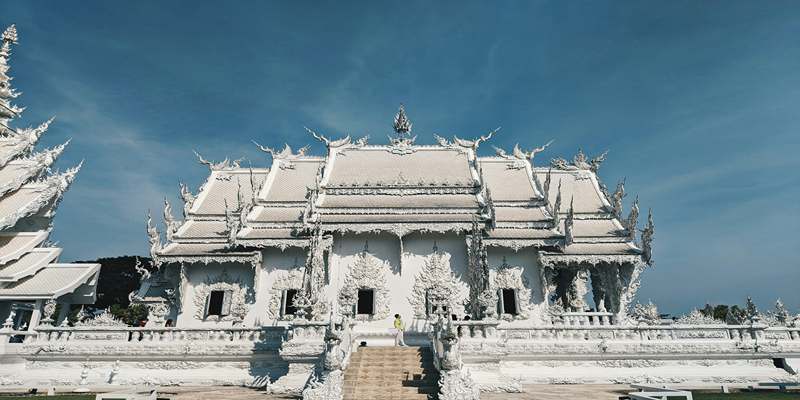
A-Ma Festival and Cultural Celebrations
One of the most vibrant cultural events held at A-Ma Temple is the A-Ma Festival, which takes place annually on the twenty-third day of the third lunar month. This festival celebrates the birthday of Mazu, the sea goddess, and is deeply rooted in local tradition. The celebration includes lively performances such as Chinese opera, dragon and lion dances, and the glowing display of colorful lanterns that illuminate the temple grounds. Devotees and visitors gather to witness traditional ceremonies, burn incense, and make offerings in honor of Mazu. Many tourists plan their visit around this time to experience the rich cultural heritage firsthand. The A-Ma Festival not only honors religious devotion but also highlights the local community’s strong ties to their maritime past and spiritual identity. Through this celebration, Macau proudly showcases its cultural diversity, blending faith, folklore, and festivity in a way that continues to engage and inspire both locals and visitors.
Preservation and Recognition
The Historic Centre of Macau, and therefore A-Ma Temple, was officially named a UNESCO World Heritage Site in 2005. This award recognizes the temple as a great example of Macau’s cultural and historical traditions. Over time, many efforts have been made to save the original structures, detailed carvings, and artwork in the temple. Thanks to these projects, the temple stays intact, and the feeling that attracts visitors from all over the world is not lost. Due to being included in a UNESCO site, a location receives help for tourism and useful educational resources. As a result, A-Ma Temple, along with other historic spots in Macau, is preserved and easy for people to explore. As a result, the temple keeps celebrating Macau’s unique history, giving everyone the chance to value its meaning for many generations ahead.
Conclusion
A-Ma Temple has been a constant reminder of Macau’s past and the importance of religion. History and community in the city are clearly seen in its Greek temples and the way they were built. By visiting this temple, you can see its elegant architecture as well as appreciate what Macau has to offer. Anyone interested in learning about Macau’s cultural heritage or seeing its ancient temples should visit A-Ma Temple.



